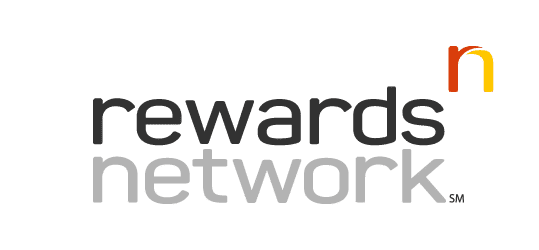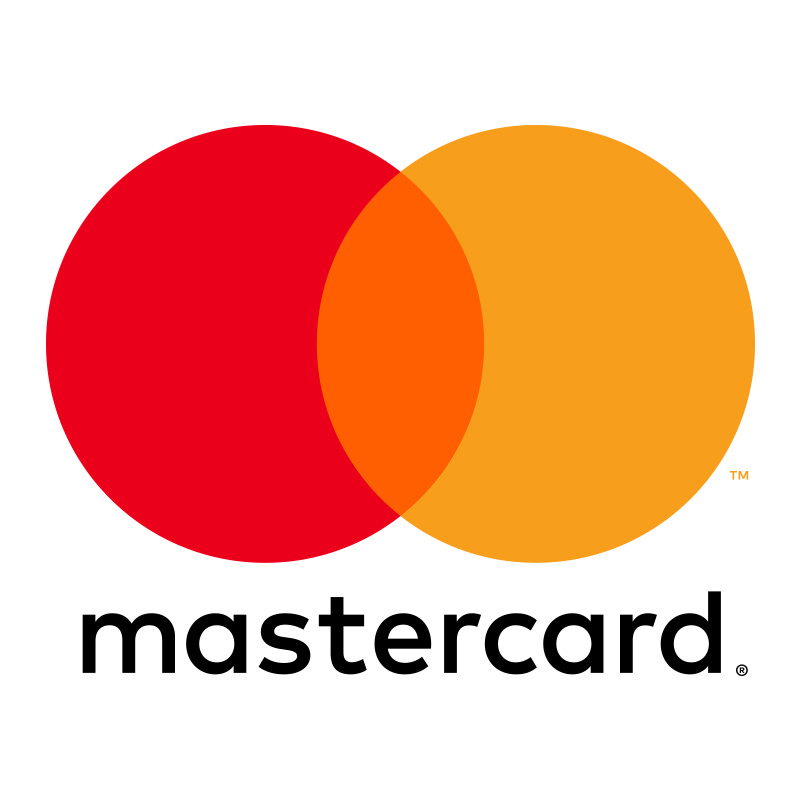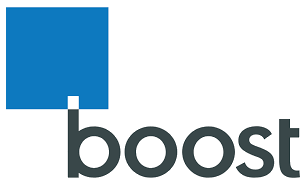More than four years ago, the great digital shift — already in motion — began to accelerate at warp speed.
The pandemic forced us all indoors. We lived life online, making purchases, waiting out supply chain snarls, paying online and working from home. The world sheltered in place, with digital conduits the only lifelines we may have had to businesses, friends and family.
The pandemic may be largely a memory, but some behaviors have lingered. Contact payments are still en vogue as a means of conducting face-to-face transactions. We still bank online. We still expect speed, security and a seamless experience.
For financial institutions, merchants and payments providers looking to make inroads with business clients and consumers, the paths to doing digital are winding and varied. PYMNTS surveyed 10 payments professionals to get a sense of what’s changed, what’s stayed the same and what comes next.
 Serena Smith, chief client officer of i2c, said individuals and businesses worldwide are embracing digitally-issued cards and payments choice. In turn, companies must pivot to serve them across a variety of use cases and markets.
Serena Smith, chief client officer of i2c, said individuals and businesses worldwide are embracing digitally-issued cards and payments choice. In turn, companies must pivot to serve them across a variety of use cases and markets.
Mind the Demographics — and the Identities
 Jeremiah Lotz, senior vice president of product and data experience at Velera, told PYMNTS that for credit unions, the competitive landscape has shifted but is ripe with opportunities. However, the digital initiatives that are the surest way to capture new customers and cement existing customers’ loyalties boils down to anticipating and meeting the needs of the demographics served, in particular Generation Z consumers.
Jeremiah Lotz, senior vice president of product and data experience at Velera, told PYMNTS that for credit unions, the competitive landscape has shifted but is ripe with opportunities. However, the digital initiatives that are the surest way to capture new customers and cement existing customers’ loyalties boils down to anticipating and meeting the needs of the demographics served, in particular Generation Z consumers.
A growing percentage of Gen Z consumers are transitioning into higher-paying jobs and more rewarding career paths. This means they will likely soon be spending more on big-ticket purchases, including automobiles and homes.
To reach them, a personal touch will be essential — and the experience, across the digital realm, is critical.
“One of the biggest measurements we look at is was a consumer able to complete something that they expected, and then how did they feel about that experience as they went through that process?” he said.
However, it is not only the young who embrace their phones or the always-on nature of online life.
Transforming the Way It’s Always Been Done
 The digital age is transforming even the most paper-laden interactions, and the insurance sector stands out as a key example.
The digital age is transforming even the most paper-laden interactions, and the insurance sector stands out as a key example.
One Inc CEO Ian Drysdale said 4% of insureds select checks as their payment preference. Ninety-six percent choose some form of digital payment. Using Microsoft Power BI, the company tracks and analyzes every transaction, gleaning insights into consumer preferences and behavior.
Perhaps most striking is the surge in mobile wallet use.
“Twenty-two percent use mobile wallets,” he said. “We see that skyrocketing.”
Digital wallets are transforming the ways in which money moves around the globe.
 Ralph Koker, global head of product at TerraPay, noted that his own firm provides a single point of connectivity for digital wallets and cards across 7.5 billion bank accounts and 40 global markets.
Ralph Koker, global head of product at TerraPay, noted that his own firm provides a single point of connectivity for digital wallets and cards across 7.5 billion bank accounts and 40 global markets.
In some corridors and regions, such as the Asia-Pacific region, as much as 70% of all commerce goes through digital wallets. Half of all face-to-face transactions are going through digital routes, too.
Digital for All Ages
Contrary to popular belief, the digital revolution in insurance is not just for younger generations. One Inc’s data revealed a surprising trend: Older demographics are embracing digital solutions with enthusiasm.
“We’re seeing that Gen X and baby boomers just love digital,” Drysdale said. “Most PayPal users are over 50 years old. The largest segment is 50 to 64 years old at 29%.”
This challenges the perception that digital transformation primarily caters to millennials and Gen Z.
 Andrea Moe, vice president of customer success at Amount, said data and personalization are transforming lending.
Andrea Moe, vice president of customer success at Amount, said data and personalization are transforming lending.
“Modern money experiences typically engage younger generations of banking customers,” she said.
Amount’s core offering lies in its loan origination and account opening software solutions. These tools help lenders, from community banks to nonbanks, move away from creaking and outdated workflows that result in friction-filled customer experiences.
 The first step is ensuring that someone interacting with a bank or merchant is who they claim.
The first step is ensuring that someone interacting with a bank or merchant is who they claim.
“Markets like Brazil and India are rapidly embracing mobile-first solutions and are fully on board with digital transformation, with everyone looking for new ways to work with financial services,” Prove Identity Chief Marketing Officer Brad Rosenfeld said.
As digital engagement accelerates, so does the need for robust identity verification solutions.
“Smartphones are with you every second of every day,” Rosenfeld said. “Mobile identity verification solutions can significantly enhance the customer experience by allowing seamless identity verification while reducing fraud.”
Digital Personalization Matters — and So Does Context
 Real-time data helps platforms and enterprises calibrate how and when they engage with targeted customers. It is a digital approach to fomenting loyalty that James Roedding, head of product and data science at Rewards Network, said can pay dividends.
Real-time data helps platforms and enterprises calibrate how and when they engage with targeted customers. It is a digital approach to fomenting loyalty that James Roedding, head of product and data science at Rewards Network, said can pay dividends.
“As consumers, not only are we expecting to be able to interact with a brand or a service through digital means, but the expectation is also that the interaction is going to be highly personalized,” Roedding said.
To get to that level of personalization, data science and Big Data are essential to crafting digital services that truly help individuals and consumers find one another seamlessly. Roedding noted that Rewards Network, operating as a platform that connects restaurants and consumers, uses data to keep track of how frequently both sides of the equation are interacting with one another.
Amount’s Moe noted that data is crucial in showing firms where they can achieve the highest return on investment as they digitize.
“Lenders can expand their reach, they can add new households, they can also deepen that wallet share within their existing base of customers, too,” she explained.
Data Is the Prime Mover, and So Is the Cloud
Data is the gold mine “that our customers sit on top of — and that they may not even realize that they have,” i2c’s Smith said.
For some companies, the platform approach helps them harness that data. This approach uses predictive analytics to understand the direction of end users and how companies can meet their needs with contextualized offers and products.
 Tine Fincioen, executive vice president of digital transformation at Mastercard, noted that Mastercard works with client firms, including FinTechs, to get end users more fully engaged in various digital use cases.
Tine Fincioen, executive vice president of digital transformation at Mastercard, noted that Mastercard works with client firms, including FinTechs, to get end users more fully engaged in various digital use cases.
Data offered by the payments network helps enterprises gauge how well, and where, their customer engagement trends when introducing new products and services. Mastercard has visibility into 143 billion transactions annually.
Mastercard combines that visibility with analytical capabilities, machine learning and a host of different artificial intelligence methodologies. This optimizes the performance of its customers. The data is also useful in helping merchants improve approval rates and checkouts.
Data helps platforms and networks enable new use cases for other companies to embed into their own offerings.
 Edwin Poot, chief technology officer at payment processor Thredd, said consumers interacting with FinTechs want seamless payment experiences. They want to use their phones to conduct commerce in-store at various points of sale or online.
Edwin Poot, chief technology officer at payment processor Thredd, said consumers interacting with FinTechs want seamless payment experiences. They want to use their phones to conduct commerce in-store at various points of sale or online.
Ideally, the commerce ecosystem or platform should intelligently decide which payment instruments to use and for what purpose, no matter if it’s a credit, debit, or buy now, pay later (BNPL) option.
Such flexibility is easier with the cloud, Poot said. The availability of microservices can also allow for the implementation of feature sets on a limited basis rather than embracing large releases every few months or years.
Beyond the Digital Consumer
 Boost B2B Payment Solutions Chief Marketing Officer Rebecca Schultz offered examples of how commercial transactions are transforming, too.
Boost B2B Payment Solutions Chief Marketing Officer Rebecca Schultz offered examples of how commercial transactions are transforming, too.
“Almost half of B2B payments are still made via check, which blows my mind in terms of the technology that exists now,” Schultz said.
She also noted that commercial cards represent a greenfield opportunity.
The perception that digital payment systems, especially commercial cards, are costly and complicated often deters businesses from switching. Schultz emphasized that this belief is misleading. With the right solutions and partners, the digital transformation process can be smooth and cost-effective, providing operational and financial advantages.
“It doesn’t have to be a two-year tech cycle,” Schultz said.
A quick and simple implementation can yield results for organizations prepared to transition, she said.
The same generational shift is helping drive change in B2B. Millennials and Gen Z professionals who have grown up using digital payments and banking solutions are increasingly stepping into decision-making roles within companies.


 The digital age is transforming even the most paper-laden interactions, and the
The digital age is transforming even the most paper-laden interactions, and the 

 The first step is ensuring that someone interacting with a bank or merchant is who they claim.
The first step is ensuring that someone interacting with a bank or merchant is who they claim.


